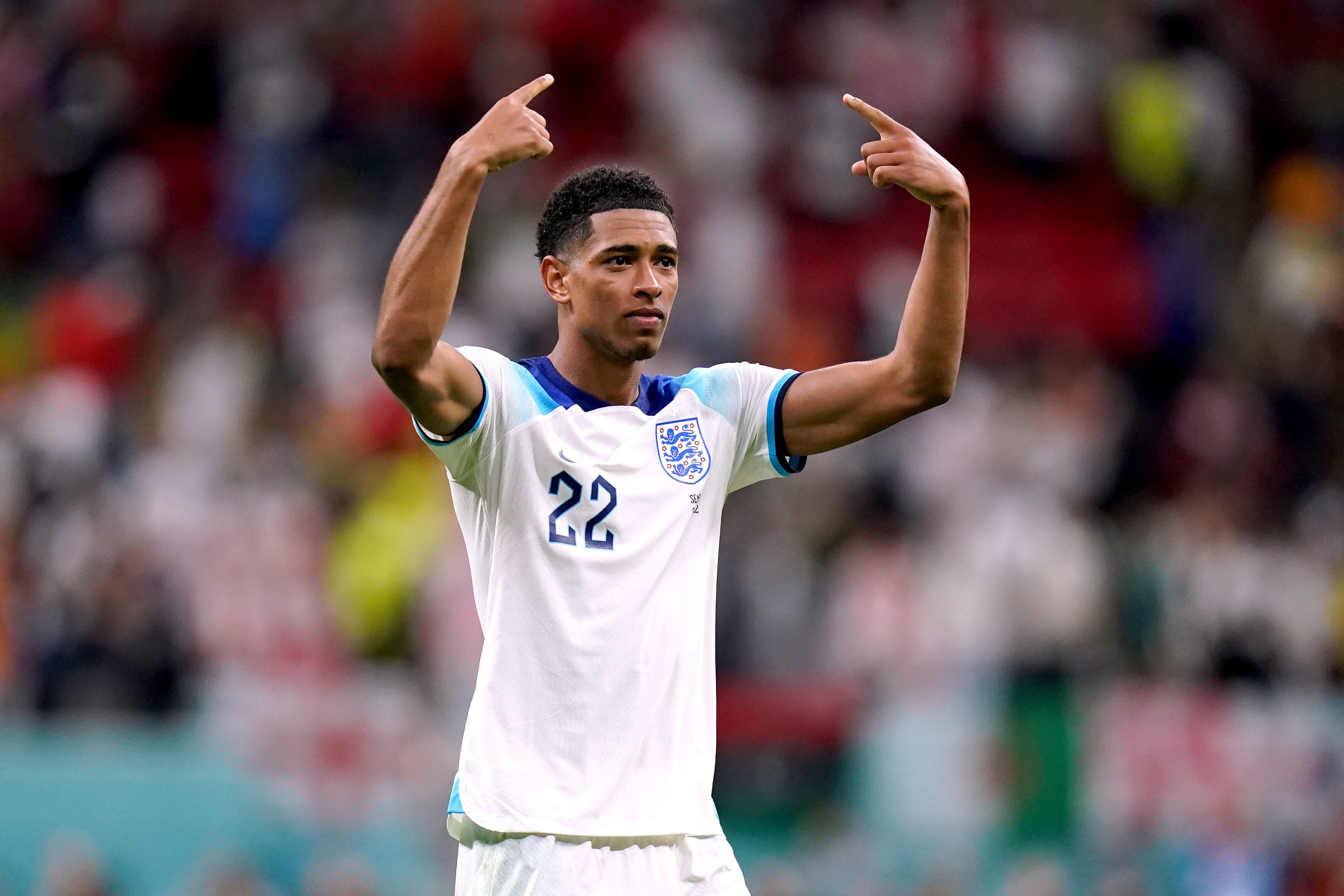
Virgil van Dijk brought up five years at Anfield by taking on secondary duties. If his main job is in the centre of defence, he has a part-time role in the recruitment team. He had helped encourage Cody Gakpo to join Liverpool, answering his fellow Dutchman’s questions, probably presenting a persuasive case. “I spoke to him and I can only say good things,” he said.
If, given his success in bringing in the much-coveted Gakpo, his eloquence is called upon again, his tasks for 2023 are not merely tightening up a defence that has conceded in each of Liverpool’s last six league games. Speed and intensity are facets of Jurgen Klopp’s gameplan and a refit has gathered pace as Liverpool have displayed a single-minded focus when pouncing for transfer-market targets.
The figures show that Liverpool have fielded, on average, the fifth-oldest team in the division this season. Yet a switch to Klopp’s second generation is advancing: in Gakpo, Darwin Nunez, Luis Diaz and Diogo Jota, they have acquired four forwards now aged 23, 23, 25 and 26, to accompany the older Mohamed Salah. Harvey Elliott and Fabio Carvalho are attacking midfielders of considerable talent but just 19 and 20 years. In Ibrahima Konate, they have a World Cup finalist of a centre-back who is 23. Trent Alexander-Arnold is 24. Andy Robertson is 28 and Alisson, at 30, very much in his prime as a goalkeeper. Van Dijk could be the oldest automatic choice in Klopp’s second side at Anfield and one of a handful to span the eras.
But there is a glaring gap between the two halves of the side taking shape, between the attack and the defence. Some would say there has been for much of the season; there certainly is in the rebuilding plans. For Liverpool, 2023 should be the year when thoughts turn to the midfield. For the fans, they already have: for Klopp, the topic has long been tiresome. Rather than celebrating a seeming coup, the conversation has turned back to the repetitive subject of the midfield.
“We sign an outstanding player like Cody Gakpo and the next thing you can read is, ‘oh, who next?’” said Klopp. “We cannot play like monopoly. We will not now start splashing the cash; that should be really clear. Of course we cannot just spend and never could.
“It is a big part of my philosophy, working full of faith and trust with the players we have and not constantly questioning them by telling them we need another player in the position.”
That belief in his players is part of his credo; if many Liverpool supporters have given up on Naby Keita, Klopp hasn’t. He never thinks outsiders are an automatic upgrade. And yet 2023 has to be moving year in midfield.
More than most of their peers, Liverpool have shown they won’t spend if they cannot afford to. Klopp rarely compromises to sign players he does not really want. But Jude Bellingham, for whom Klopp rarely contains his admiration, will cost monopoly money. Liverpool wanted Aurelien Tchouameni last summer; his excellent World Cup showed what they missed out on but when the Frenchman joined Real Madrid instead, they did not switch to a lesser target.

Now James Milner, Alex Oxlade-Chamberlain, Keita and the on-loan Arthur Melo’s Anfield contracts expire in the summer. Now Klopp’s first-choice midfield trio are 32, 31 and turning 30 this year. Fabinho, the youngest of them, has had his poorest half-season at Anfield this year; time will tell whether it is a dip or a start of decline. Jordan Henderson, the oldest, can be missed when he does not operate on the right but struggled in the middle against Leicester; Alexander-Arnold reflected after his terrific duel against Harvey Barnes that there has been a greater focus on his defending this season. What he did not say was that Elliott, for all his ability, needs to afford him more protection. Only Thiago provided much of a defensive presence against Leicester; two years ago, a habit of mistiming challenges and getting dragged out of position proved problematic, but well-timed challenges proved vital now.
Much as Liverpool wanted Bellingham, the player they have needed still more this season is Tchouameni. Lacking an in-form high-class defensive midfielder, they have been too open. If the back four have been blamed more, the numbers highlight the issues in front of them. Liverpool are conceding 10.0 shots per game; it was 7.8 last season. They rank in the bottom third of the league for expected goals against; they were second best last year. As Liverpool’s four most defensive-minded midfielders are either in their thirties or, in Fabinho’s case, headed there, Klopp’s capacity to engineer improvement may be tested by ageing personnel.
The transfer market, as he rightly argued, is not indisputably the answer, but a midfield makeover beckons for Liverpool. The chances are that they require two additions in the summer. They need more youth, more energy, more ballast.
And even if Bellingham, the dream target, proves susceptible to persuasion, Liverpool would need a more defensive addition. And if much of the budget is devoted to their ideal acquisition, Klopp could have to compromise or box clever with lesser funds to find someone to shield the defence.







